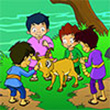
Page 4
Matakabhatta-Jataka
A goat, which was to be sacrificed by a Brahmin, shows signs of great joy and of great sorrow. It explains the reason for each emotion.
Picture by : PongPang
Coloured by : Mint, PongPang
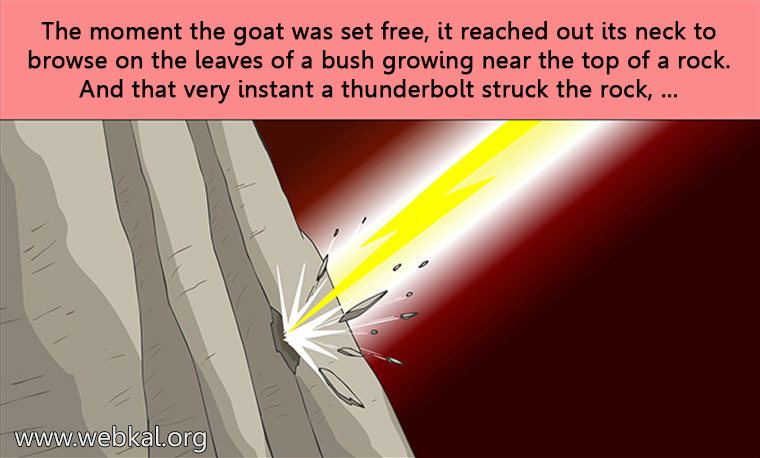
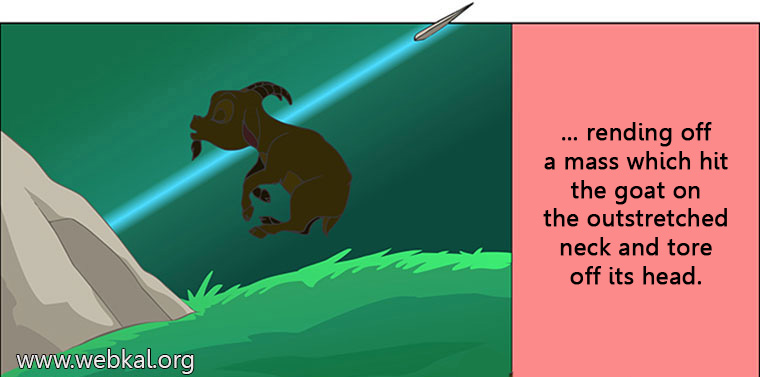
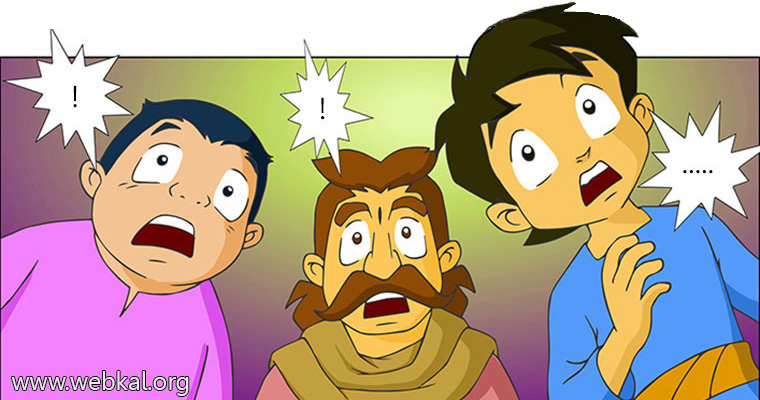
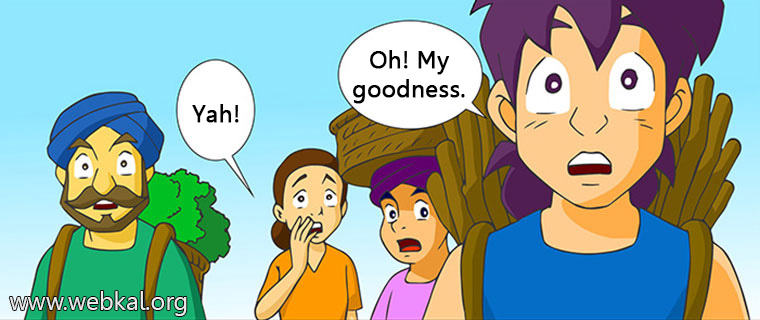
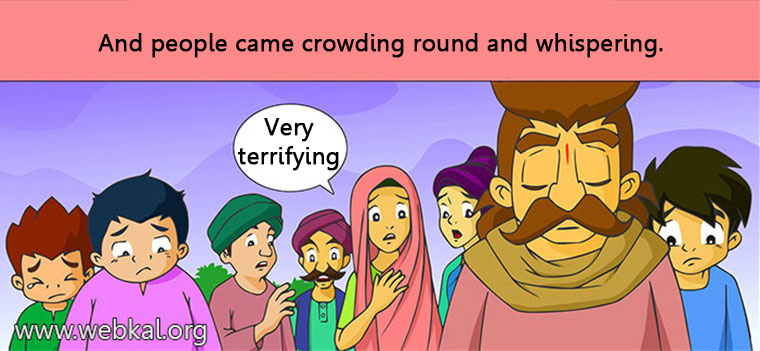
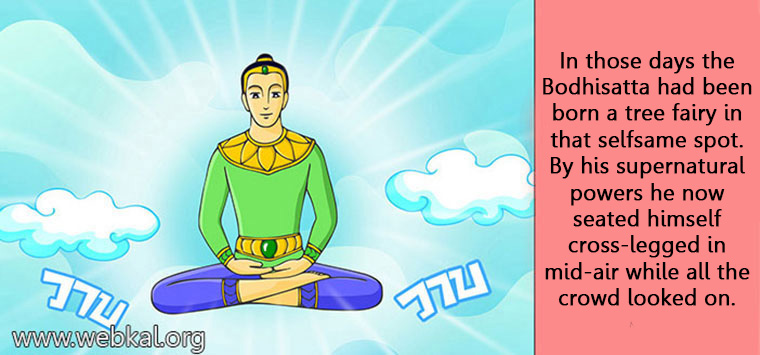
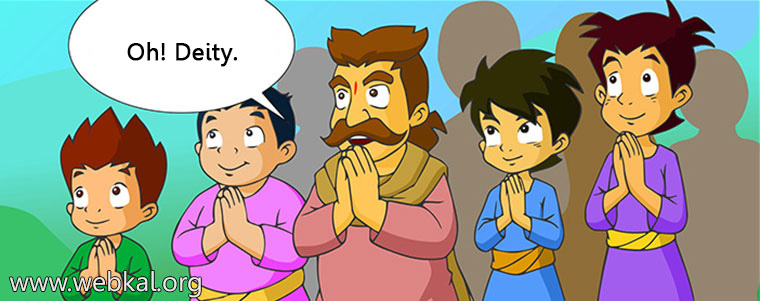
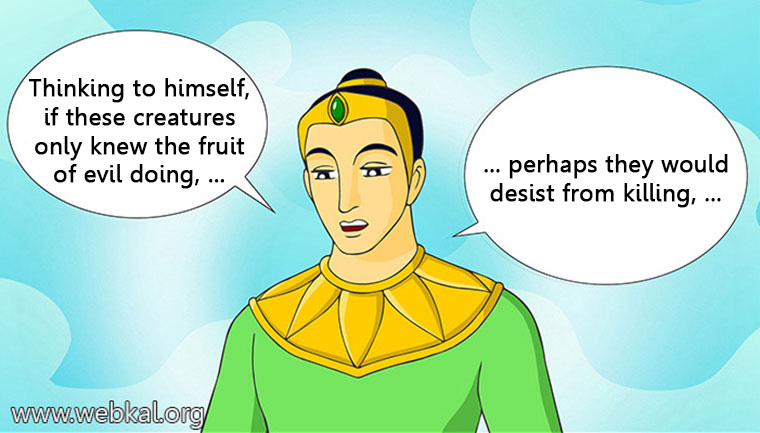
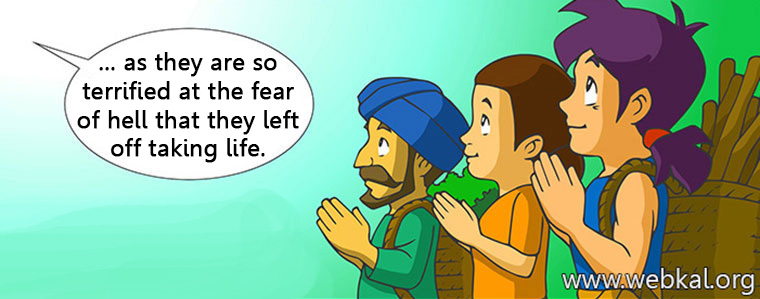
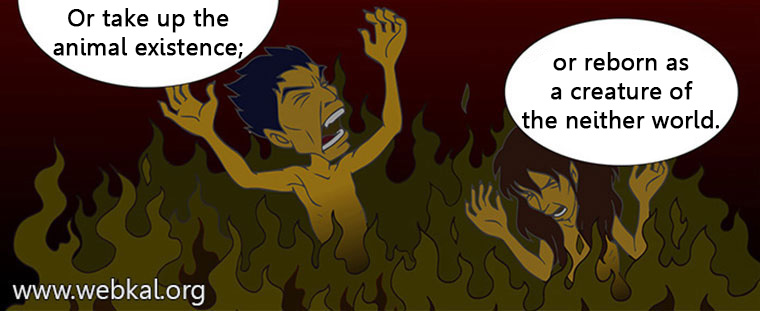
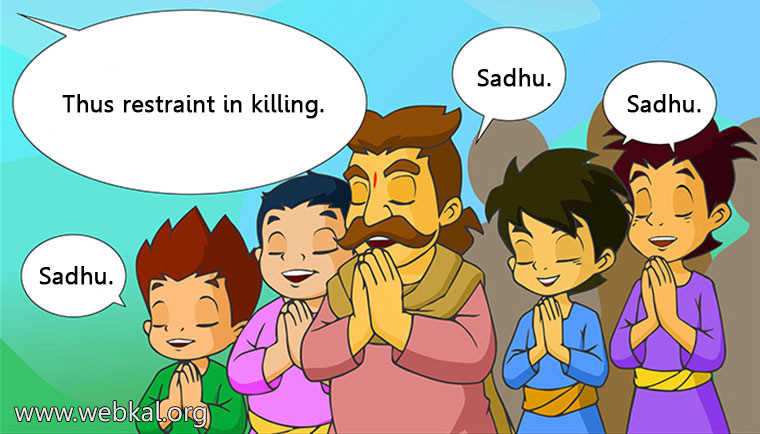
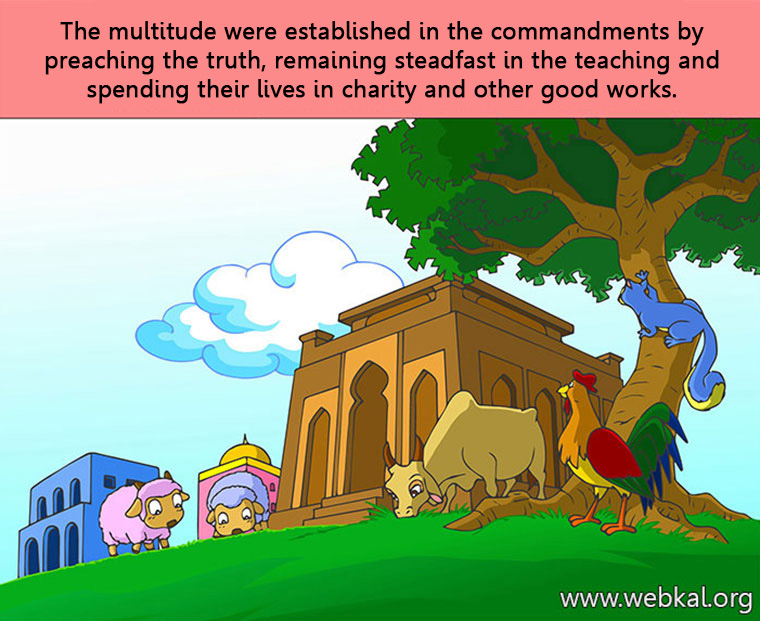
The End
Matakabhatta-Jataka
The Origin of the Story
This story was told by the Lord Buddha while at the monastery of Jetavana about feasts for the dead. For at this time people of the town were putting to death goats, sheep and other animals, and offering them up as what is called a feast for the dead for the sake of their departed kinsmen. Finding them thus engaged, the monks asked the Lord Buddha, saying, …
‘Just now, Sir, people are taking the lives of many living creatures and offering them up as what is called a feast for the dead. Can it be, Sir, that there is any good in this?’ ‘No, monks, not even when life is taken with the object of providing a feast for the dead, does any good arise therefrom.’ But now, when their previous existences have become confused in their minds, the practice has sprung up afresh. And, so saying, the Lord told this story of the past.
The story of Jātaka
Once on a time when human and animals could communicate in words, there was a Brahmin who was versed in the three Vedas and world famed as a teacher, being minded to offer a feast for the dead, had a goat fetched and taken the goat down to the river and bathed it; then hung a garland round its neck, gave it a pottle of grain to eat, groomed it a bit, and brought it back. Due to the goat, in a former human existence had meditated and gained the skill of reflecting the previous lives but at one point conducted a misdeed and ended up to be born a goat. However with the fruition of meditation, it became conscious of the deeds of its past lives resulting in this rebirth, it laughed aloud and wept with a loud voice after.
The goat said it was overjoyed at the thought that on this very day it would be freed from all its misery and laughed aloud like the smashing of a pot. Then at the thought that the Brahmin by slaying it would bear the misery which it had borne five hundred times, the goat felt a great compassion for the Brahmin and wept with a loud voice. It then revealed its past deed that to offer a feast for the dead, it killed a goat for its offering. All through killing that single goat, it had been doomed to lose my head five hundred times. This was its five hundredth and last birth. Upon listening the story, the master gave up the feast but the goat said whether he killed it or not, it could not escape death today.
The moment the goat was set free, it reached out its neck to browse on the leaves of a bush growing near the top of a rock. And that very instant a thunderbolt struck the rock, rending off a mass which hit the goat on the outstretched neck and tore off its head. And people came crowding round and terrified at the sight. In those days, a tree fairy in that selfsame spot, by his supernatural powers now seated himself cross-legged in mid-air while all the crowd looked on, uttering these words, …
If these creatures only knew the fruit of evil doing, perhaps they would desist from killing.
Thus did the deity preach the truth, scaring his hearers with the fear of hell and the people, hearing him, were so terrified at the fear of hell that they left off taking life. And the deity after establishing the multitude in the commandments by preaching the truth to them, passed away to fare according to his deserts. The people, too, remained steadfast in the teaching and spent their lives in charity and other good works, so that in the end they thronged the city of the devas.
The revealing of the identities
His lesson ended, the Lord Buddha showed the connection and identified the birth by saying, in those days the Buddha was the tree fairy.
What are learned from the story:
1. What one sows so shall one reap sooner or later.
2. One with wrong view conducts misdeeds, will end up taking the rebirth in the state of woe; thus one should take good heed in one’s act, not to be led by wrong belief.
3. It is a Buddhist tradition to restraint in killing animals particularly cow and buffalo; people eat their meat only when they die naturally. It is interesting that nowadays, slaughter house in Buddhist countries prevails.
The End